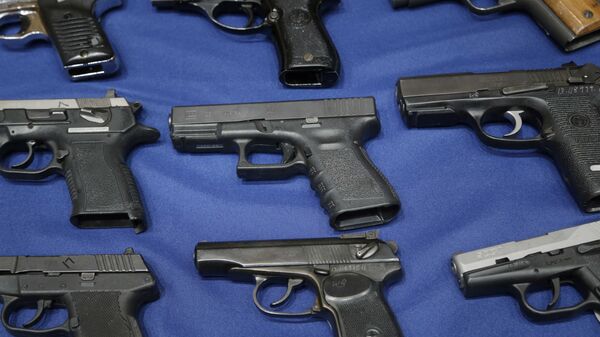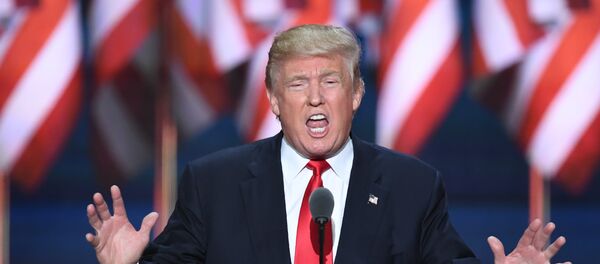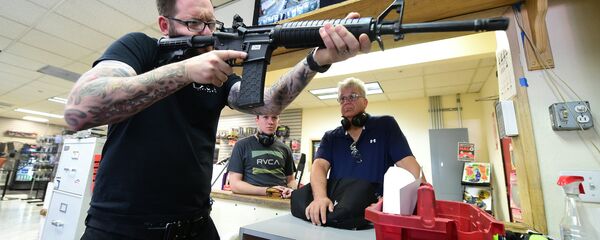The FBI’s National Instant Criminal Background Check System (NICS) reported over 2.5 million background checks in November 2016, up from less than 2.2 million in November 2015. 2016 has already surpassed the amount of guns sold in 2015, with December (the industry’s biggest month) still in its infancy. This comes after numerous outlets reported that gun sales would lessen after Trump’s election.
NICS is not a direct measure of firearm purchases, as it also includes permit applications, and does not include used gun sales, in some states. It also counts the sales of multiple guns in one purchase only once. However, the NCIS’s numbers are still seen as the most reliable measure of gun ownership, especially as other organizations gathering similar data are known to be heavily partisan in their reporting.
The election of Barack Obama, a noted anti-gun candidate, led to sales records being broken year after year. Many outlets believed that this would cut in the opposite direction with the election of the vocally pro-gun Trump. This seemed supported in the moment when the stocks in major gun companies including Smith & Wesson, and Sturm, Ruger & Co fell over 20 percent, following the election. Both stocks would make a modest rebound a few days later and have been holding steady, albeit much lower than before November 8.
Articles from Reuters and the New York Post called Trump’s election a disaster for the gun industry. The candidacy of Hillary Clinton, accused during the campaign of being even more anti-gun than Obama, drove gun sales higher throughout 2016. But with Trump’s election, that trend would supposedly end.
Paradoxically, although the recent past has been good for gun sales, it has seen a deterioration in gun ownership. The University of Chicago reports that gun ownership sagged, from 47 percent in the 1970’s to 31-34 percent in 2014. This incongruity is explained by the existence of "super-owners," those Americans who own an average of 17 guns. Super-owners make up just 3 percent of gun owners nationwide, but account for an eye-opening 50 percent of gun sales. The average gun owner owns one or two firearms.
The statistic contradicts gun lobby claims that an increase in gun sales can be explained by increases in both the popularity of shooting sports and the increasing desire to defend oneself in a fearful, terrorized world. Instead the increases appear to indicate the enrichment of already large private collections.




